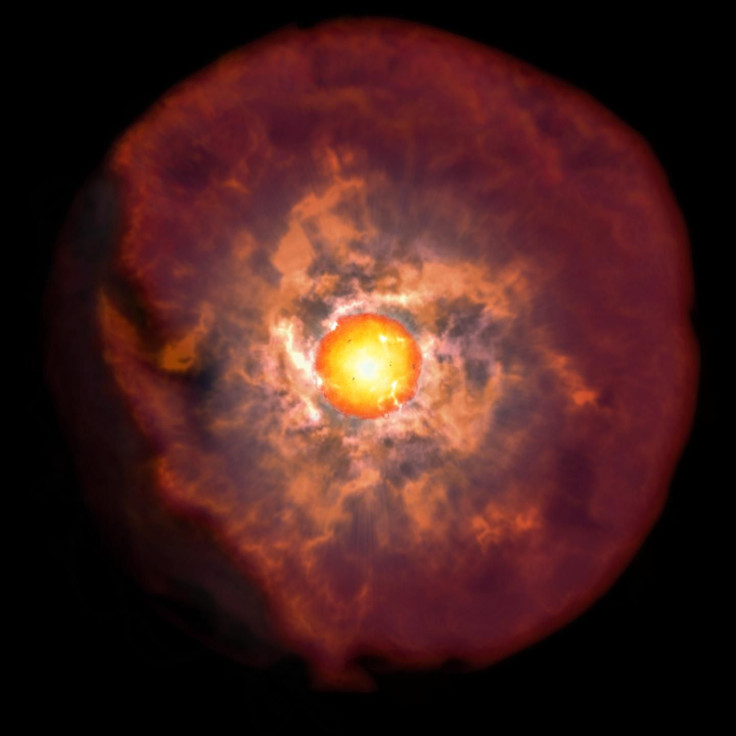Ghost Signals From Dead Planets Show Earth's Grim Fate, Scientists Reveal

Scientists are currently studying the ghostly signals emitted by planets that were already destroyed by their host stars. Studying these signals is vital since Earth will most likely end up like these planets in the future.
The new study, which was led by Dr. Dimitry Veras from the University of Warwick in the U.K., focused on the signals that come from planets that have already died. Veras and his team explained that as stars get older, they grow brighter and hotter. Eventually, as they reach the end of their lifespans, these stars turn into red giants that are capable of burning up nearby planets that orbit them. They then transform into dimming remnants known as white dwarves.
As the stars burn up, their nearby planets die and get stripped down to their bare metallic cores. The magnetic field between the white dwarves and the metallic cores can create a circuit that produces radio waves. These radio waves can then be detected by radio telescopes station on Earth.
According to Veras, studying these radio waves could lead to a historic discovery.
“Nobody has ever found just the bare core of a major planet before, nor a major planet only through monitoring magnetic signatures, nor a major planet around a white dwarf,” Veras said in a statement.
“Therefore, a discovery here would represent ‘first’ in three different senses for planetary systems,” he added.
Many scientists believe that Earth will eventually suffer the same fate as the dead planets as the Sun gets older. As the giant star continues to age, it will become hotter and will nudge Earth out of its habitable zone. Once this happens, the temperature on Earth will rise and the atmosphere will become toxic. Eventually, Earth will die and burn up until it gets reduced to its metallic core.
“A discovery would also help reveal the history of these star systems, because for a core to have reached that stage it would have been violently stripped of its atmosphere and mantle at some point and then thrown towards the white dwarf,” Veras explained.
“Such a core might also provide a glimpse into our own distant future, and how the solar system will eventually evolve,” he added.
The findings of Veras and his team were presented in a new study published in the journal Monthly Notices of the Royal Astronomical Society.
© Copyright IBTimes 2024. All rights reserved.





















